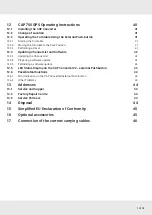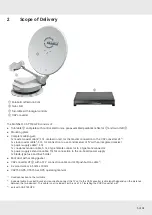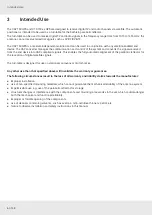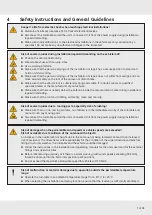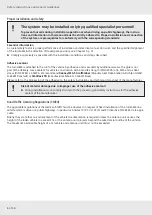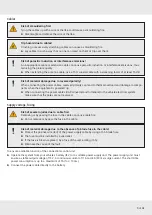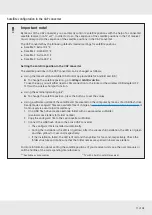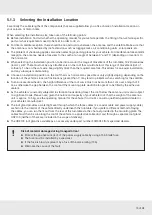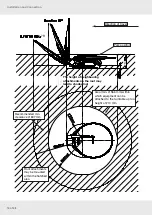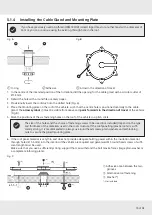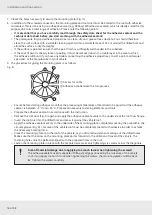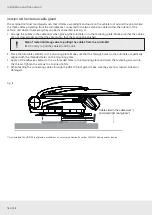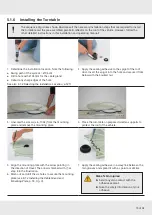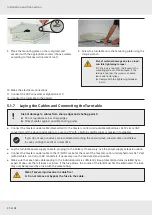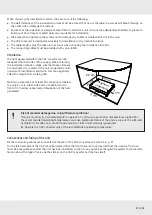
9 of 48
Cables
Risk of smouldering fire!
Tying the cables up with a wire or the like could cause a smouldering fire.
►
Disentangle and remove the wire or the like.
Trip hazard due to cables!
Crushing or excessively stretching cables can cause a smouldering fire.
►
Lay cables in such a way that no one can tread on them or trip over them.
Risk of parasitic induction or interference emissions!
An inappropriate cable or extension cable can cause parasitic induction or interference emissions, thus
reducing the picture quality.
►
When extending the antenna cable, use a 75 Ω coaxial cable with a screening factor of at least 75 dB.
Risk of material damage due to reversed polarity!
When connecting the power cables, reversed polarity can lead to thermal overload and damage to compo-
nents when the equipment is powered up.
►
When connecting the power cables (CAP converter and turntable) to the vehicle electrical system,
make sure that the poles are not reversed.
Supply voltage, fusing
Risk of severe injuries due to cable fire!
Removing or bypassing the fuse in the cable can cause cable fire.
►
Do not remove or bypass the fuse in the cable.
Risk of material damage due to the absence of a blade fuse in the cable!
►
Protect the positive wire (red) of the power supply cable by using a 15 A blade fuse.
►
The fuse must be installed by a specialist.
►
If the fuse is blown, replace it by a fuse of the same rating (15 A).
►
Eliminate the cause of the fault.
To ensure a reliable function of the connection/control unit:
►
Operate the system from your vehicle’s battery (12 V) or a suitable power supply unit. The power supply unit must
ensure a stable output voltage of 12 V, a continuous current of 11 A and 8 A (20 ms) surge current. The short-time
power consumption is up to a maximum of 7 A (for < 10 ms).
►
Connect the power cable directly to the battery.



